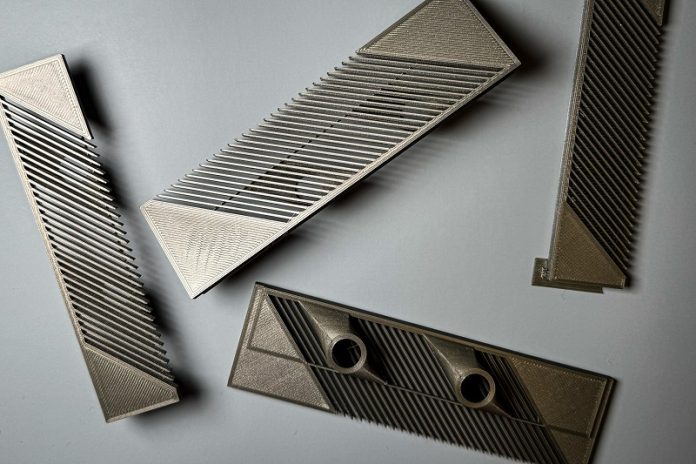
Nature is full of creatures that filter tiny particles from water, like krill, coral, and even massive whales.
But one filter-feeder stands out for its clever design: the mobula ray, which includes manta rays and devil rays.
Engineers at MIT have studied these fascinating animals to design better industrial water filters, such as those used in water treatment plants.
Mobula rays feed by swimming with their mouths wide open, letting water flow in while filtering out tiny plankton to eat.
Inside their mouths are comb-like plates that guide water out through their gills while keeping food particles inside.
Amazingly, these rays can filter efficiently while also breathing, making them a model for engineers looking to improve human-made filtration systems.
The MIT team discovered that the mobula ray’s plates are designed just right to create swirling patterns in the water called vortices.
These vortices trap plankton, even if the particles are smaller than the spaces between the plates. This keeps the food inside while allowing water to flow freely, showing a perfect balance between filtering well and not getting clogged.
Inspired by this, the researchers built a simple filter system using 3D-printed plates modeled after the mobula ray’s mouth.
When water flowed through at slow speeds, particles passed through the filter.
But at faster speeds, the swirling vortices blocked the particles while letting water flow freely. This discovery could help industries create more efficient filters.
Why is this important? Filters today must strike a balance between letting water flow easily (permeability) and trapping small particles (selectivity).
A filter with large holes allows water to pass quickly but misses many particles, while smaller holes require more energy to push water through. The mobula ray shows us how to do both well.
The engineers also created a “blueprint” for designing filters based on their findings. By adjusting the size and spacing of the filter’s openings, industries can optimize their filters to trap specific particles while keeping water flow smooth.
This is especially useful for industrial cross-flow filters, which work similarly to how mobula rays feed.
By learning from nature, we can solve human problems in smarter ways. “The mobula ray gives us a rule of thumb for better filter design,” says researcher Anette Hosoi. These insights could lead to filters that are more efficient, saving energy and improving water quality—a win for industries and the environment alike.



